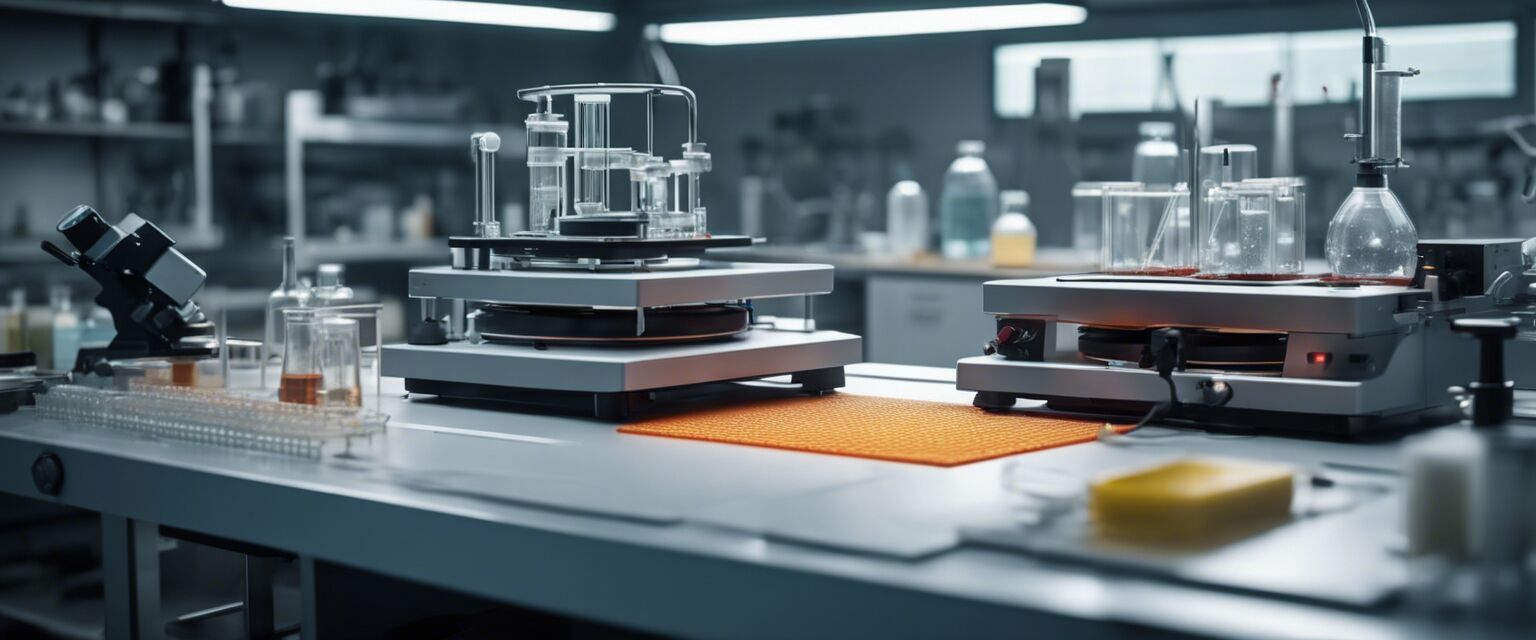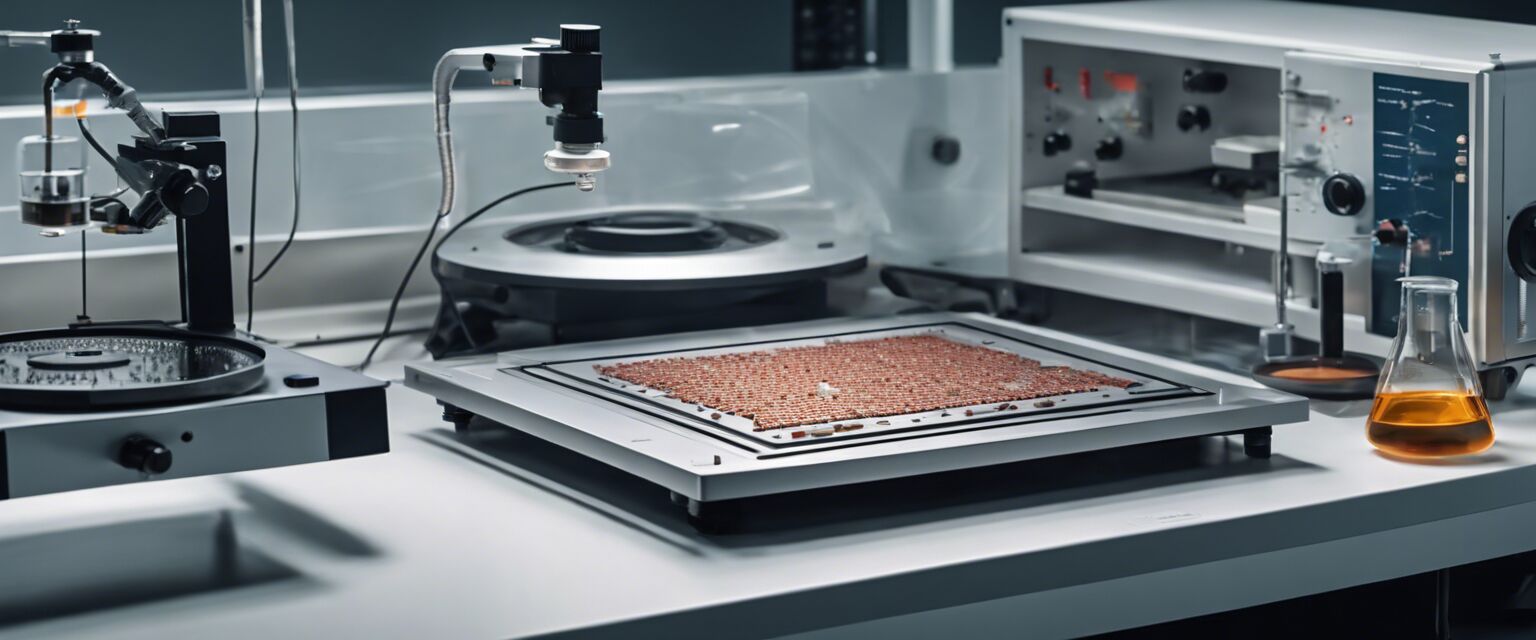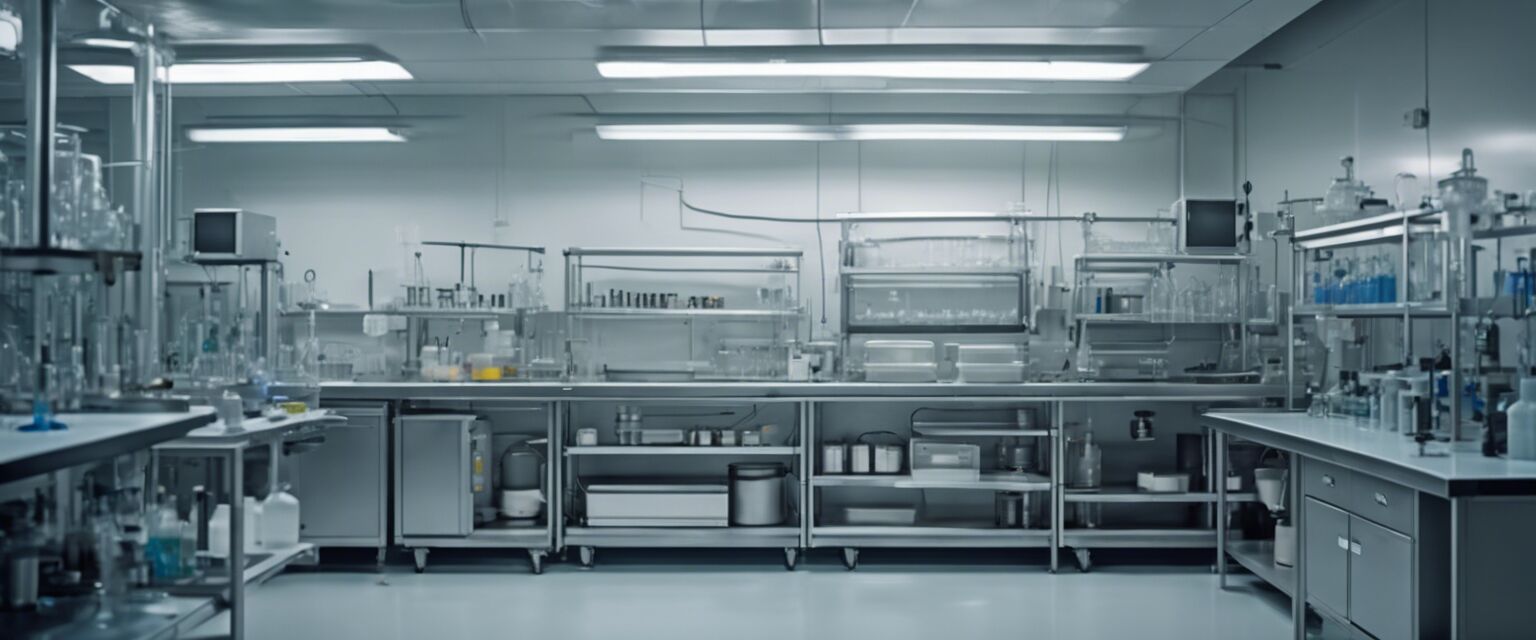
How to Choose a Laboratory Hot Plate
Key Takeaways
- Consider the type of hot plate: analog, digital, ceramic, or infrared.
- Evaluate the heating capacity and temperature range.
- Choose a hot plate with safety features suitable for your lab conditions.
- Understand the differences between hot plates and hot plate stirrers for your specific tasks.
- Assess additional features such as size, portability, and ease of cleaning.
Choosing the right laboratory hot plate is crucial for ensuring efficient and safe handling of tasks that involve heating substances. In this guide, we will explore the important factors to consider when selecting a laboratory hot plate that suits your specific needs. Whether you require it for simple warming or more complex processes, this article will provide you with the necessary insights.
Types of laboratory hot plates
Laboratory hot plates come in various types, each designed to perform distinct functions. Here's a brief overview of the most common types:
| Type | Description |
|---|---|
| Analog Hot Plates | Basic controls for temperature adjustment, ideal for straightforward heating tasks. |
| Ceramic Hot Plates | Durable plates with a ceramic surface, known for even heating and chemical resistance. |
| Digital Hot Plates | Provide precise temperature control through digital displays and settings. |
| Hot Plate Stirrers | Combine heating and stirring functions, essential for mixing solutions. |
| Infrared Hot Plates | Use infrared radiation for heating, suitable for sensitive applications. |
Factors to consider when choosing a hot plate
When selecting a laboratory hot plate, it's vital to consider various factors to ensure your choice aligns perfectly with your experimental needs:
1. Heating Capacity and Temperature Range
Look for a hot plate that offers a suitable heating capacity and temperature range. These factors are essential based on the materials you will be working with:
- Heating Capacity: Ensure the hot plate can reach the required temperatures for your experiments.
- Temperature Range: Check if the hot plate meets the low and high-temperature requirements you anticipate.
2. Material and Design
The material of the heating surface greatly impacts the performance and durability of the hot plate. Consider the following:
- Durability: Choose materials that withstand wear from heat and chemicals.
- Ease of Cleaning: Select surfaces that are easy to clean and maintain.
- Size and Portability: Make sure it fits your laboratory space and is manageable to move if necessary.
3. Safety Features
Safety is paramount in any laboratory setting. Look for hot plates that come with the following features:
- Over-temperature protection to prevent overheating.
- Non-slip feet to steady the hot plate during use.
- Indicator lights to signal when the unit is powered on or at high temperatures.
4. Compatibility with Accessories
Ensure that the hot plate is compatible with any necessary accessories, such as:
- Magnetic stirrers for mixing solutions.
- Heating mantles or other attachments for specific needs.
Understanding hot plate stirrers
Hot plate stirrers are a bit different from standard hot plates. They combine heating and stirring capabilities to create a more versatile piece of equipment which can be vital in a laboratory. Here are their unique features:
| Feature | Description |
|---|---|
| Heating and Stirring | Provides simultaneous heating and mixing of solutions. |
| Precision Control | Accurate settings for both temperature and stirring speed. |
| Space Efficiency | Reduces the need for multiple devices, saving laboratory space. |
Comparing hot plates and hot plate stirrers
Itâs crucial to know whether you need a hot plate or a hot plate stirrer for your laboratory tasks. Refer to the comparison below to help make the right decision:
| Feature | Hot Plate | Hot Plate Stirrer |
|---|---|---|
| Heating Capability | Yes | Yes |
| Stirring Functionality | No | Yes |
| Typical Uses | Warming, drying | Mixing and heating solutions |
| Cost | Generally less expensive | Tends to be more costly |
Frequently asked questions
Tips for beginners
- Start with basic tasks to familiarize yourself with the equipment.
- Always monitor the hot plate to avoid overheating substances.
- Read the user manual carefully to understand control settings and safety measures.
- Practice proper cleaning techniques to prolong the lifespan of your hot plate.
Conclusion
Choosing the right laboratory hot plate is essential for efficient laboratory work. By evaluating the type, safety features, material, and compatibility with your needs, you can make an informed decision that will enhance your lab processes. Remember to regularly check for maintenance and safety checks to ensure longevity and reliability.
Pros
- Versatility in heating and experimentation.
- Diverse range of options suited for specific laboratory needs.
- Modern safety features enhance user protection.
Cons
- Some models can be costly, particularly digital and hot plate stirrers.
- Over-reliance on technology can lead to malfunctioning if not correctly used.
Explore more
For more information about laboratory hot plates, check out the following sections on our site:

